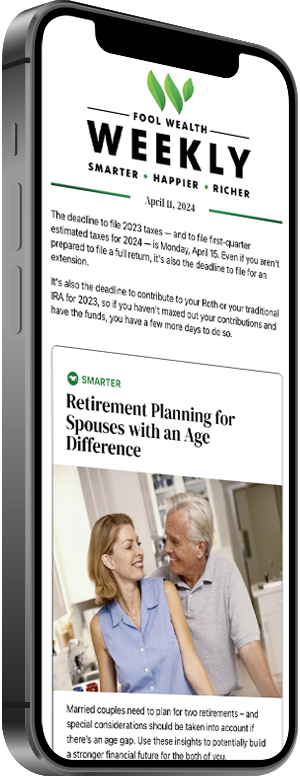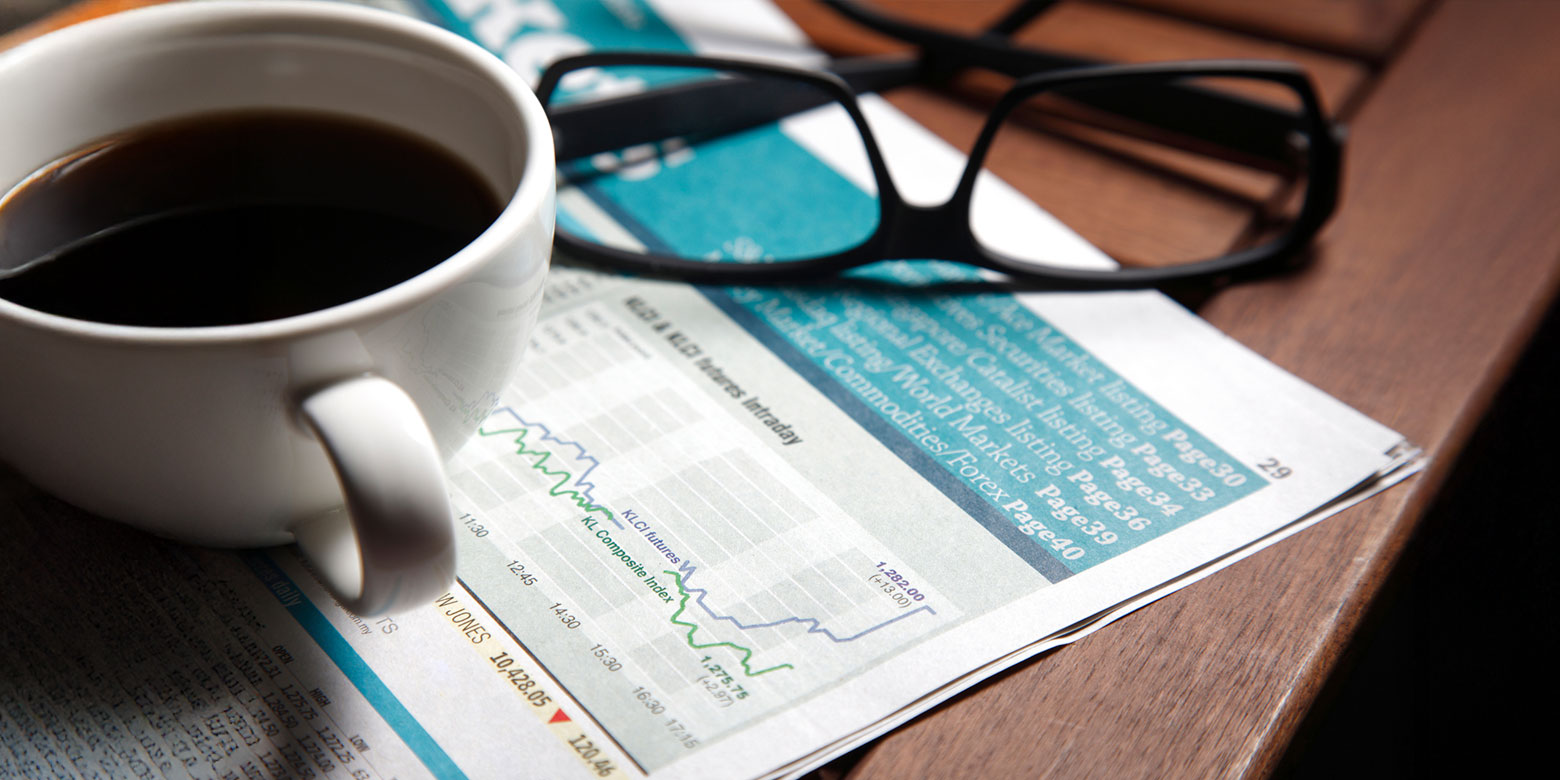Debt is one of those four-letter words many consumers would rather avoid talking about altogether. But with debt on the rise, it seems to be an increasingly common fact of life. The problem is, large loans and high interest rates not only have the power to impact your financial well-being—they can start to take a toll on your physical, mental, and emotional health as well.
Anyone who has debt, especially over a prolonged period of time, may be subject to something called “debt stress.” Below, we’re reviewing what, exactly, debt stress is and what you can do to address it.
The current state of debt in America
In recent years, Americans have faced record-high inflation, rising interest rates, supply chain shortages, and global trade concerns. By the end of 2024, Americans were paying 22% more on average for consumer goods than pre-pandemic in January 2020. This rising cost of living has left 74% of consumers “very concerned” about the price of food and goods.1
Unfortunately, it appears higher costs have come with another price—consumers are taking on debt at record levels.
By the end of 2024, national credit card debt hit $1.21 trillion, signaling a 4% year-over-year increase from the 2023 record high. Car loans were up as well, reaching a new high of $1.66 trillion by the last quarter of 2024.2
While everyone’s financial situation is unique, the average household debt payment is around $1,583 per month, with borrowers maintaining an average debt balance of $105,056 (including mortgage, credit cards, auto loans, and other lines of credit).3,4
Defining “debt stress”
While the above addresses the financial (and quantifiable) impact of debt on Americans, debt stress actually focuses on something else—how debt impacts our physical well-being and mental health.
Debt stress is a syndrome in which an individual experiences certain physical or mental health symptoms as a direct result of their stress surrounding debt.5
When experienced over a period of time, debt stress syndrome has been linked to serious physical ailments including:5,6
- High blood pressure
- High cholesterol
- Weight gain
- Weight loss
- Weakened immune system
- Changes in mood
- Memory loss
In addition, debt stress may make someone more prone to experiencing low self-esteem, isolation, and impaired cognitive function.6
Debt stress syndrome is directly linked to mental health concerns including stress, anxiety, anger, and depression. Notably, mental health and debt are interrelated—prolonged debt stress can lead to mental health disorders, while mental health disorders make someone more prone to experiencing debt and debt stress.6
All of this to say, debt and the stress it causes have meaningful impacts on borrowers’ mental and physical health.
Two sides of the debt stress coin need to be addressed: (1) managing the stress that comes with carrying debt and (2) reducing (or eliminating) the debt itself. In reality, you’re going to need to address both concerns concurrently.
Reducing the debt
Let’s start by reviewing how you can reduce or even eliminate the debt, which will itself help manage the stress of having debt.
First, rip off the Band-Aid
In order to face your debt head-on (and reduce stress), you need to know what you’re up against. Gather up every bill, loan, and line of credit, and write them down as line items in a spreadsheet or on a piece of paper.
(Sometimes the act of simply pulling the information out of your head and putting it on paper can feel good and reduce some of the stress you’re experiencing.)
Once you’ve written everything down, you’ll have a clear visual of each loan or line of credit, how much is owed, and what the interest rate is. Let’s be honest—you may not love the numbers in front of you, but at least you know what you’re up against. Now, you can form a plan of attack.
Pick a method for paying down debt
Assuming you’re meeting your minimum payments already for each loan, it’s time to put all your additional available resources (namely, discretionary income) into paying this debt down fast.
There are a few common debt-reduction strategies including:
The snowball method: While continuing to pay the minimum on each monthly loan payment, put all your available dollars toward paying down the smallest loan first—regardless of interest rate. Once you’ve gotten the smallest loan paid off, take the same monthly payment you were putting toward that loan and put the total toward paying off the next smallest loan.
For example, if your smallest loan payment required $100 a month and you were putting an additional $200 a month towards it, now you’ll put the full $300 a month towards paying down the next loan. Each month, until all your debt is paid off, the same amount of money will be put towards paying down debt—the only variable changing is which loan receives extra funds.
The avalanche method: The avalanche method is the same as the snowball method, with one tweak. Instead of prioritizing your repayment strategy by loan size, this method starts with the loan with the highest interest rate first—regardless of loan size.
The avalanche method may help you save on interest payments over time, but it tends to yield more delayed gratification. The snowball method focuses on the smallest loan first, which means you’ll be able to pay it off relatively quickly. But if your highest interest loan is also your biggest, you’ll be chipping away at it for quite a while before experiencing your first major success.
Consolidation: Some people find it easier to manage debt when there’s just one, easy payment to handle each month—as opposed to multiple payments on varying due dates with different interest rates. If that’s an appealing option for you, it may be worth looking into a personal loan or other type of loan for consolidating debt. Just keep in mind, the interest rate may be higher than what you have on some of your existing debt (though it could be lower, too).
Set a budget and avoid racking Up new debt
To be successful in paying down debt and reducing debt stress, practice discipline with your spending and saving.
Build an emergency fund
If you racked up credit card debt because of an unavoidable financial crisis (car repairs, medical bill, job loss, etc.), now’s the time to ensure that doesn’t happen again.
Right now, the median emergency savings in America is $600 a household.7 An emergency fund should be able to cover a few months’ worth of expenses, so you’ll want to aim higher.
As you work to pay off debt, set a little money aside each month to build an emergency fund that will help you cover future unexpected expenses. Having this safety net in place will be critical to keeping your future debt burden more manageable.
Review your cash flow
You should know exactly how much money is coming in every month and what’s going out. Before taking on future debt, review your monthly cash flow and budget to decide if it’s realistic to take on this debt or if it’ll put you in a financially difficult situation.
Remember, the more you spend on paying back debt, the less you’ll be able to put towards saving and investing—both of which are critical to achieving your long-term goals and feeling more financially secure.
Handle the stress itself
But you don’t have to wait until the debt is paid off to help alleviate the debt stress. Addressing the stress itself will both help you feel more centered and also help you pay down the debt.
Incorporate mindful relaxation into your daily routine
Stress, no matter the source, can wreak havoc on your well-being. To combat this, consider incorporating simple activities into your week that feel grounding and relaxing.
While you may not want to spend the money on weekend getaways or expensive yoga studio memberships, here are some easy, budget-friendly ways to reduce stress:8
- Meditate for at least 10 minutes every morning or evening.
- Find free yoga or meditation classes online.
- Take a walk.
- Join a club or volunteer group.
- Journal your feelings.
- Increase sleep.
Consistency is key here. Pick a habit or two from the list above and start incorporating them into your routine on a regular basis. While the stress won’t disappear overnight, these techniques should help reduce the negative cognitive and physical impacts of debt stress with time.
Be kind to yourself
Your stress may be due in large part to feelings of guilt or shame. But you’re human, and mistakes happen. Millions of people take on debt, and many go through the same emotions and symptoms you’re experiencing now. As costs continue to rise, more people are feeling financially squeezed—making it all the more likely that others will be in a similar position someday soon.
Try to avoid putting yourself down for your past decisions or actions, and instead focus on what you can do now to move forward in a more positive direction.
Don’t let debt stress keep you down
If you’re continuing to struggle with debt stress, you may benefit from speaking to a debt professional, such as a financial advisor, Certified Debt Management Professional (CDMP), or credit counselor. Consider speaking to a therapist or psychologist who specializes in debt-related stress management as well, if you find your symptoms warrant the help of mental health professionals.
Free debt management programs are also available. You can find some helpful resources through the FTC, Consumer Financial Protection Bureau, and National Foundation for Credit Counseling.

Like what you're reading?
Join the thousands of readers getting stories like this delivered straight to their inbox every Thursday — for free. Give it a spin, enter your email to sign up.
Sources:
1 Desilver, Drew. “Prices are up in all U.S. metro areas, but some much more than others.” Pew Research Center. October 7, 2024. Accessed April 21, 2025.
2 “HOUSEHOLD DEBT AND CREDIT REPORT.” Federal Reserve Bank of New York. Accessed April 21, 2025.
3 Streaks, Jennifer. “Average American Debt: Household Debt Statistics.” Business Insider. July 31, 2024. Accessed April 21, 2025.
4 Horymski, Chris. “Experian Study: Average U.S. Consumer Debt and Statistics.” Experian. February 14, 2025. Accessed April 21, 2025.
5 “How to Deal with Debt Stress and Get Debt Relief.” Credit Counseling Society. January 26, 2025. Accessed April 21, 2025.
6 “Debt Stress and Mental Health.” Debt.org. Accessed April 21, 2025.
7 “Over 1 in 5 Americans have no emergency savings.” The Currency. Accessed April 21, 2025.
8 “Stress relievers: Tips to tame stress” Mayo Clinic. Accessed April 22, 2025.
Related Articles

Securities 101: Equity, Debt, and Treasury Securities Explained
However you define “financial freedom,” one thing’s for certain. You’re going to need a...

5 Major Tax Changes for Business Owners in 2025
The One Big Beautiful Bill Act (OBBBA), signed into law on July 4, 2025, marks one of the most...

529 Plans vs. Trump Accounts: A Quick Comparison
The One Big Beautiful Bill Act (OBBBA) was signed into law on July 4, 2025, enacting sweeping...
